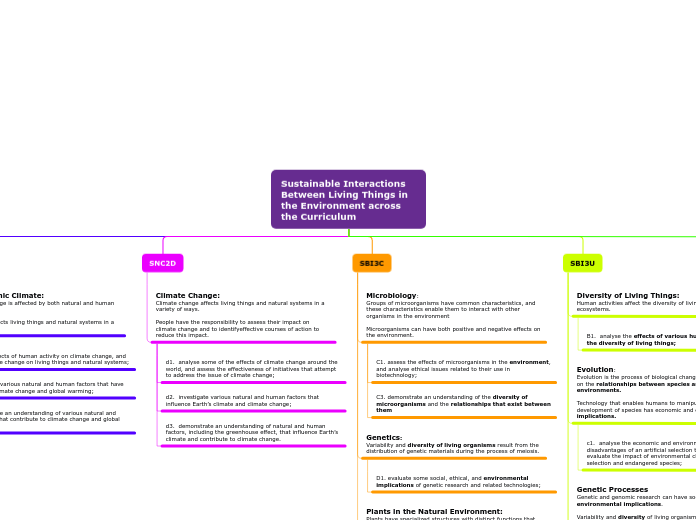af Daniel Genesee 3 år siden
202
Sustainable Interactions Between Living Things in the Environment across the Curriculum

af Daniel Genesee 3 år siden
202

Mere som dette